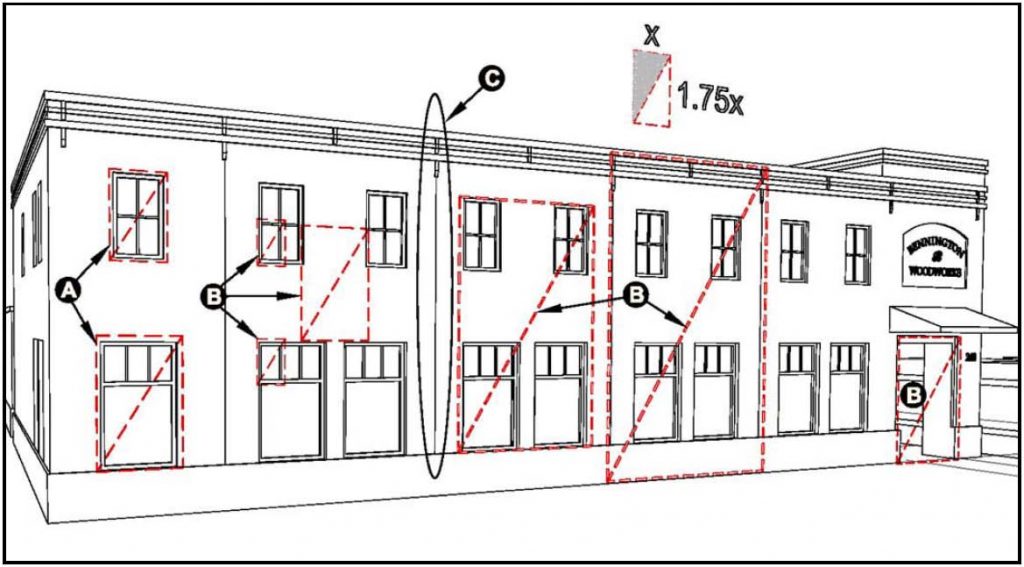Community overview
The Town of Bennington is the cultural and commercial hub of southwestern Vermont. Thanks to decades of thoughtful planning, its 16,000 residents live and work mostly in the community’s relatively compact urban growth area, with Bennington’s historic downtown at its core. Like most places, though, Bennington has its share of automobile-oriented commercial “strip” development. The Northside Drive area in particular has come to be dominated by generic architecture and large expanses of asphalt, making it one of the community’s least appealing areas. Over the last few years, the Town has begun implementation of a multifaceted strategy to transform this commercial corridor over time into a much more compact, attractive, and pedestrian-friendly place.
Tools you can use
Bennington Design Standards for Planned Commercial District
Architecture in auto-oriented commercial zones is usually not very inspiring. National chain retailers tend to favor “off the shelf” building designs that use cheap materials and generic design elements. Auto-oriented businesses place a premium on getting as many cars in and out as quickly as possible, which often means more pavement than buildings. The result can be a landscape that is not only unattractive but downright inhospitable to people. Ironically, this means that commercial development – something that most communities want – can sometimes end up creating something that no community likes.

Around 2002, the Town of Bennington decided to tackle this problem head-on with the development of design standards for its Planned Commercial district (which encompasses most of Northside Drive). Several new buildings had recently been built in the district that epitomized commercial strip architecture – including one that tore down and replaced a historic structure – and the consensus in the community was that standards were needed to get the district pointed in the right direction.
The standards – which were approved in 2004 – brought together in one document a variety of provisions that were already in the town’s zoning bylaw, including requirements for sidewalks, landscaping, and parking. It also added new provisions related to architectural design, building materials, and window placement. Most important, the standards incorporated a series of drawings that illustrated exactly what a developer had to do in order to meet the standards, with elements in each drawing labeled and keyed to specific requirements in the text.
There have been a variety of development projects in the district in the five years since adoption of the design standards. The difference that the standards have made is clear to see, with much more attractive and pedestrian-friendly designs in recent years than before the standards were adopted. Both developers and the Development Review Board have expressed appreciation for the clarity and specificity of the standards, as they make the process quite straightforward. While it will take decades to replace all of the auto-oriented development in the district with more compact and well-designed projects, the process is now well underway.
Lessons Learned
- High-quality illustrations are absolutely essential to the success of design standards, as they offer much more clarity and certainty than text alone
- Mandatory design standards are much more effective – and much more straightforward to implement – than voluntary design guidelines, and communities should not be afraid to make judicious use of the word “shall”
- A good consultant with architectural skills and experience is a real plus, not only for drafting the standards and illustrations but also for explaining their implications to the public as the regulations are being considered
Related Issues
Related Tools




